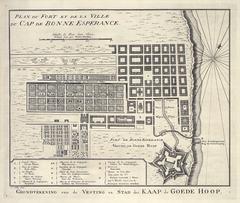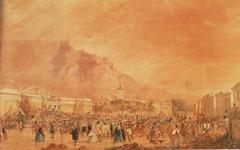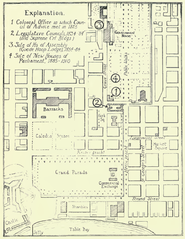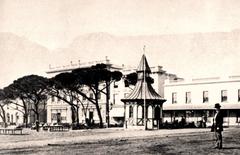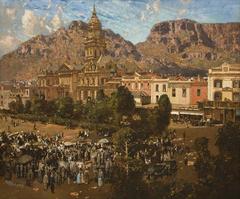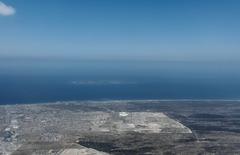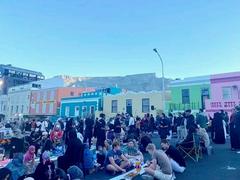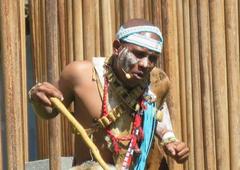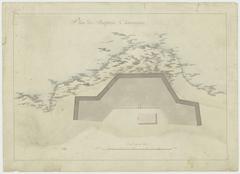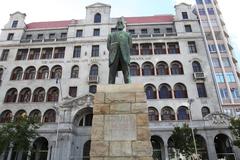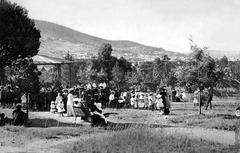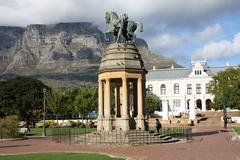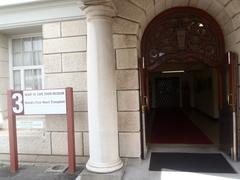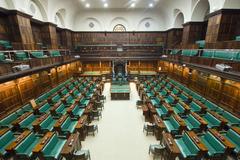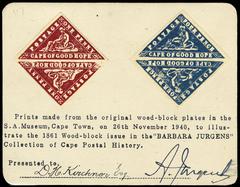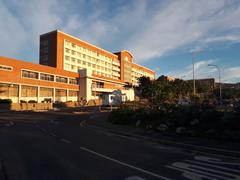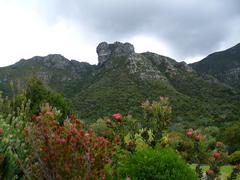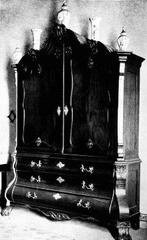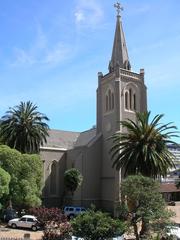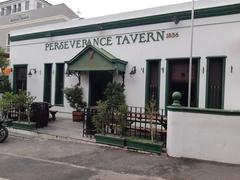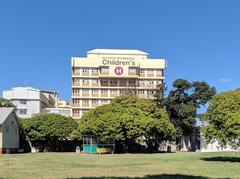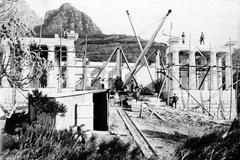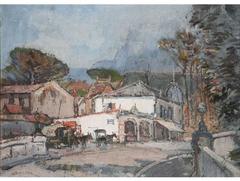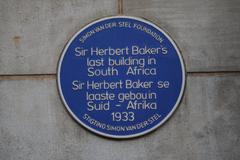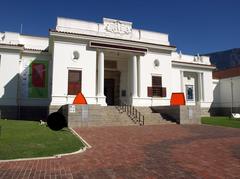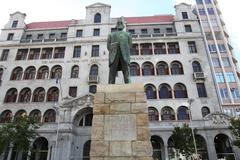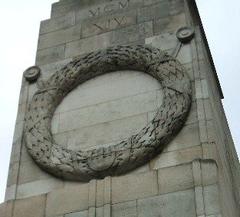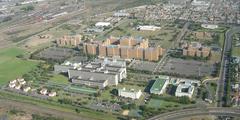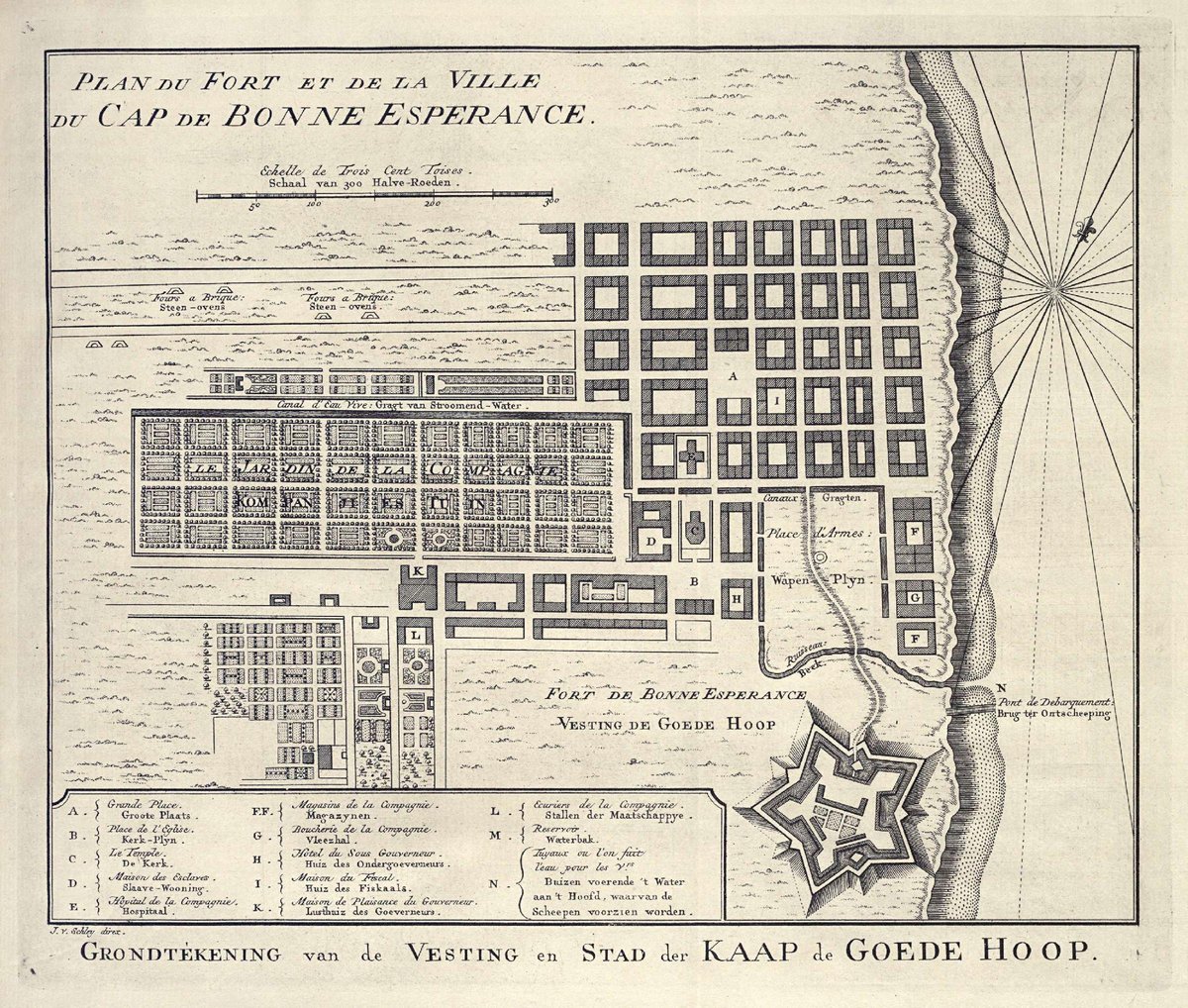
Grand Parade Cape Town: Visiting Hours, Tickets, and Historical Significance
Date: 14/06/2025
Introduction
The Grand Parade is Cape Town’s oldest and most iconic public square, a living testament to the city’s layered history, cultural vibrancy, and democratic spirit. Since its establishment in 1652 alongside the Castle of Good Hope by Dutch settlers, the Grand Parade has evolved from a colonial parade ground to a bustling civic hub and the epicenter of some of South Africa’s most defining historical moments. Today, it is surrounded by major landmarks, hosts lively markets and festivals, and remains a gathering place for Capetonians and visitors alike (Lonely Planet; SA History Online).
This guide provides a comprehensive overview of the Grand Parade’s historical significance, practical visitor information, and tips to help you experience the best of this extraordinary site.
Contents
- Early Origins and Colonial Foundations
- British Colonial Era and Urban Development
- Social and Cultural Significance
- Tweede Nuwe Jaar (Cape Minstrel Carnival)
- Cape Town Carnival
- Slave Route Challenge
- Political Milestones and National Significance
- Architectural and Urban Evolution
- Visiting the Grand Parade: Hours, Tickets, and Accessibility
- Guided Tours and Travel Tips
- Nearby Attractions
- Safety and Practical Tips
- Frequently Asked Questions (FAQ)
- Conclusion
- References
Early Origins and Colonial Foundations
Founded by the Dutch East India Company in 1652, the Grand Parade was created as an open space in front of the Castle of Good Hope for military drills, public gatherings, and trade (Lonely Planet). During the Dutch era, the square was a focal point of civic life but also witnessed the injustices of colonial rule, being a site for the sale and punishment of enslaved people. Its central location made it a stage for both military and administrative activities, embedding it deeply in the fabric of early Cape Town (SA History Online).
British Colonial Era and Urban Development
Following British occupation in the late 18th and early 19th centuries, the Grand Parade retained its role as Cape Town’s main public space. The construction of the Edwardian-style Cape Town City Hall (1905–1908) further established the Parade’s status as the heart of the city’s ceremonial and civic life (Daytrippers). The adjacent Drill Hall (now the Central Library), built in 1889, served as a venue for military and public functions. Over time, the Parade’s marketplace flourished, attracting a diverse array of traders and shoppers (Lonely Planet).
Social and Cultural Significance
Tweede Nuwe Jaar (Cape Minstrel Carnival)
One of the Grand Parade’s most celebrated traditions is its role in the annual Kaapse Klopse (Cape Minstrel Carnival), held every January 2nd. This vibrant event, rooted in the city’s multicultural history, features thousands of minstrels in colorful costumes parading through Cape Town and culminating in festivities on the Grand Parade (Facts.net; Cape Town Travel). The carnival commemorates the emancipation of slaves and celebrates the resilience and creativity of Cape Town’s communities.
Cape Town Carnival
The Cape Town Carnival is another highlight, showcasing the city’s diverse creative talents. While the main parade is along Green Point Fan Walk, the Grand Parade serves as a symbolic hub for pre- and post-event activities (Cape Town Travel).
Slave Route Challenge
The annual Slave Route Challenge running event starts at City Hall and passes through the Grand Parade, tracing a route that commemorates Cape Town’s history of slavery and celebrates the endurance and spirit of its people (Cape Town Travel).
Political Milestones and National Significance
The Grand Parade played a pivotal role in South Africa’s struggle for democracy. Most famously, on 11 February 1990, Nelson Mandela addressed a crowd of over 100,000 from the City Hall balcony overlooking the Parade after his release from prison (Daytrippers; SouthAfrica.net). This iconic event marked a turning point in the nation’s history and established the Parade as a symbol of hope and freedom. Today, a statue of Mandela stands at City Hall, honoring his legacy.
Architectural and Urban Evolution
The Grand Parade is framed by significant landmarks: City Hall with its neoclassical architecture and Bath sandstone clock tower, the Castle of Good Hope, and the Drill Hall (PlanetWare). Urban upgrades—such as those made for the 2010 FIFA World Cup—have enhanced its function as a venue for public events, concerts, and festivals (SA Venues). The square’s open design continues to accommodate everything from markets to large civic celebrations.
Visiting the Grand Parade: Hours, Tickets, and Accessibility
Visiting Hours:
The Grand Parade is a public space open 24/7. Market activities take place mainly on Wednesdays and Saturdays from 8:00 AM to 4:00 PM. Access may be restricted during major events.
Tickets:
Access to the square and regular markets is free. Tickets are required only for special events or concerts, which can be purchased via official event websites or local vendors (City of Cape Town).
Accessibility:
The Parade is wheelchair-friendly, with paved walkways and ramps. It is easily reached by train (Cape Town Station), bus, or taxi.
Guided Tours and Travel Tips
- Guided Tours: Numerous tour operators offer walking and cycling tours that include the Grand Parade and nearby landmarks (Daytrippers). Self-guided tours are also available via mobile apps.
- Best Times to Visit: Weekday mornings and afternoons for lively markets; festival days for cultural immersion.
- Travel Tips: Use public transport due to limited parking, bring cash for market purchases, and arrive early for major events.
Nearby Attractions
- Cape Town City Hall: Historic Edwardian building famous for Mandela’s 1990 speech. Open weekdays; some events require tickets (Cape Tourism).
- Castle of Good Hope: The oldest colonial building in South Africa, open daily with guided tours (PlanetWare).
- District Six Museum: Documents the history of forced removals and offers a poignant perspective on Cape Town’s past.
- Company’s Garden: A historic park with museums and monuments, ideal for a peaceful stroll.
Safety and Practical Tips
- The Grand Parade is generally safe during the day and at events, but exercise caution after dark.
- Keep valuables secure and avoid isolated areas at night.
- Public toilets and food vendors are available; cleanliness may vary.
Frequently Asked Questions (FAQ)
Q: What are the Grand Parade’s opening hours?
A: The square is open year-round, 24/7, with market days on Wednesdays and Saturdays from 8:00 AM to 4:00 PM.
Q: Is there an entrance fee?
A: No, access is free except for some special events.
Q: Is the Grand Parade wheelchair accessible?
A: Yes, with ramps and flat surfaces.
Q: Can I park near the Grand Parade?
A: Limited street parking; paid garages are nearby.
Q: Are guided tours available?
A: Yes, through local operators and mobile apps.
Conclusion
The Grand Parade is not just a public square—it is Cape Town’s living civic heart, echoing with stories of colonial rule, political triumph, and ongoing cultural celebration. Whether you visit for its bustling markets, iconic events, or profound historical landmarks, the Grand Parade offers an immersive experience of Cape Town’s spirit and diversity. Plan your visit with this guide, explore neighboring attractions, and be part of the city’s enduring story.
Call to Action
Ready to experience the Grand Parade? Download the Audiala app for self-guided tours and up-to-date event listings, follow us on social media for insider tips, and don’t miss our articles on Cape Town’s top heritage sites.
References
- Lonely Planet Grand Parade
- Daytrippers Cape Town City Cycle Tour
- Facts.net Kaapse Klopse
- SouthAfrica.net Cape Town City Hall
- SA History Online Grand Parade Cape Town
- Cape Town Travel
- Cape Town Travel Carnivals
- PlanetWare Cape Town Attractions
- Wikipedia Grand Parade (Cape Town)
- Cape Town Tourism
